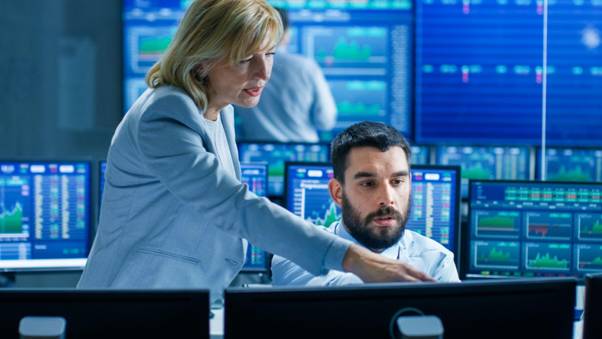What makes a strong decision-maker when the stakes are real? Intelligence and experience help, but they’re incomplete. In fast-moving industries like crypto and finance, success comes from managing risk with clarity and discipline. The trader’s mindset brings something powerful to the table. Behind every successful portfolio lies a system built to survive volatility, stay grounded in probabilities, and act with consistency. These are trading principles, yes—but they’re also the foundation of effective leadership.

A Trader’s Mindset: Clear Thinking Under Pressure
Jason Brown, the retail options trader who rebuilt a million-dollar portfolio after hitting rock bottom, credits his comeback to four simple rules: take profits early, set stop-losses before entering a trade, maintain a strict risk-reward ratio, and avoid trading when desperate. These habits go beyond good trading practice—they’re a template for leadership. In any high-pressure role, the ability to make decisions without flinching and to ask “what’s the risk here?” proves invaluable. Whether you’re running a startup treasury or managing a crypto hedge fund, a trader’s mental framework is what you want leading the charge.
Why Real-Time Decisions Require Real Discipline
Trading app platforms like Interactive Brokers, Thinkorswim, OANDA and Delta put real-time decisions in your hands. That speed can be dangerous without guardrails. Good traders don’t react to price alone—they operate within pre-defined parameters. A leader under pressure must work the same way. Discipline is what keeps a CEO from chasing a competitor’s pricing race or a CFO from over-leveraging to match a growth trend. Rules-based execution (like setting caps or pre-planned exits) helps remove ego and emotion from moments that demand clarity.
Strategic Thinking Starts With Information Asymmetry
No trader has all the data. You manage around what you don’t know, like sudden volatility, geopolitical shocks, or changing liquidity. This principle translates directly to leadership, where decisions are often made with partial context. Strategic thinking isn’t about being certain—it’s about framing the decision space accurately. Think of how portfolio managers on platforms like eToro or Tradestation build positions based on overall exposure rather than the perfect trade. Leaders with this mindset avoid over-commitment. They diversify effort, hedge blind spots, and adjust quickly when the landscape shifts.

Leaders Who Cut Losses Lead Longer
One of the hardest trading rules to follow is cutting losses early. Most people wait, hoping things bounce back. It’s the same trap in leadership, such as sticking with a failing strategy, a broken process, or a bad hire out of sunk cost bias. But top leaders know that dragging losses kills momentum. Cutting early may sting in the moment, but it frees up energy, budget, and attention for what’s actually working. The habit of asking “would I make this same decision today?” is just as useful in the boardroom as it is in a trading journal.
Emotional Detachment Gives You Clarity
Emotion in trading leads to bad entries, worse exits, and sleepless nights. That’s why pro traders learn to detach. It’s about clarity, though—something deeper than indifference. Leaders face tough decisions that impact people, capital, and future direction. But when stakes are high, emotion can cloud the read. That’s why detachment can be a good thing—it lets you care enough to think clearly. A founder making layoffs, a product manager halting a project, or an executive holding back a knee-jerk response is applying emotional distance to improve outcomes.
Volatility Is the Norm
Markets don’t stay steady for long, and neither does business. Too many leaders are shaken by sudden changes such as market disruptions, staff departures, or unexpected losses. But traders live with the idea that stability is temporary. They prepare by running stress tests, building contingency plans, and holding cash reserves. Leaders can take the same approach. What’s the fallback if revenue drops? What’s the cash runway? Planning for volatility builds resilience. That steadiness, especially in unpredictable moments, makes a real difference to teams and stakeholders.





